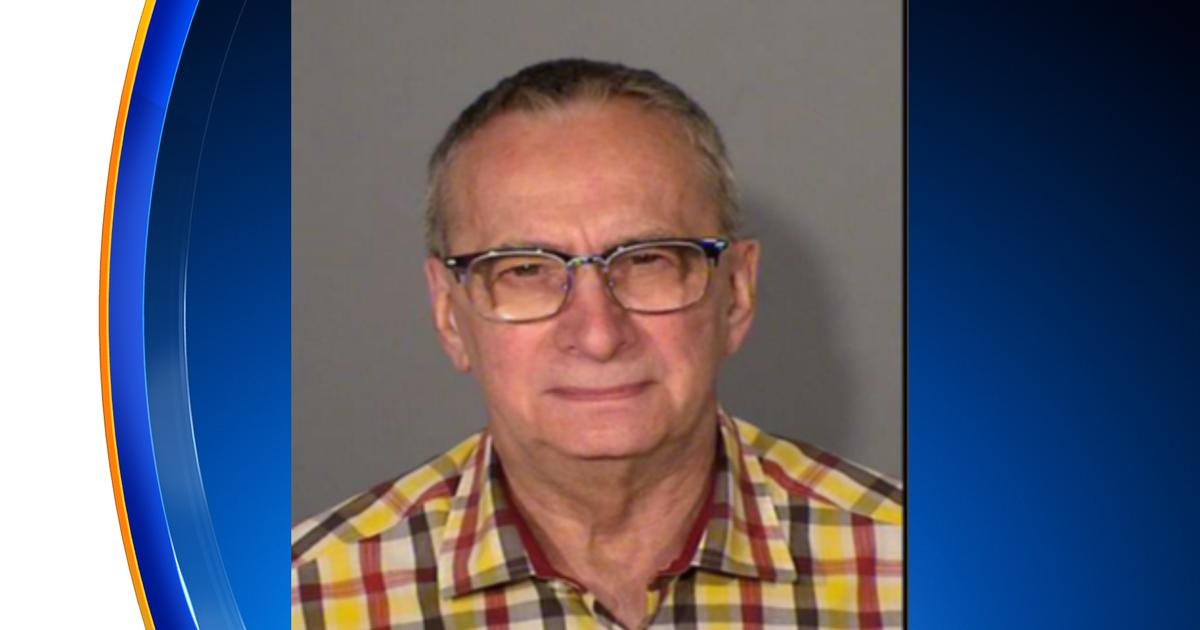Attorneys for suspect Barry Lee Whelpley want evidence tossed in case of 1972 murder of Julie Ann Hanson

JOLIET, Ill. (CBS) — A push has been launched to throw out evidence in a Naperville murder case in which a man was charged a year ago – after the case had gone unsolved for nearly 50 years.
As CBS 2’s Chris Tye reported, Julie Ann Hanson, 15, was reported missing on July 8, 1972 – coming up on 50 years ago.
Just last year, Barry Lee Whelpley was charged with Hanson’s murder.
On Wednesday, Hanson’s family was staring him down in court.
Hanson’s family didn’t want to speak on camera but said told me they never thought this day would come.
Meanwhile, Whelpley’s attorneys are using an eavesdropping statue to help make his case.
Four days after the Fourth of July in 1972, Hanson borrowed her brother’s bike from their home on Wehrli Drive – and never came back.
Her body was found later the same day in what was then a cornfield near 87th Street and Modaff Road in Naperville. Alongside her body was the bicycle, which she had been riding to her brother’s baseball game. Police said she had been stabbed 36 times and sexually assaulted.
DNA from clothing found on the scene was a crucial piece of evidence that last summer took police to the home of Whelpley, a Minnesota welder.
When police came to Whelpley’s house to question him last June, they told him they had body cameras on — and he agreed to talk. His attorney, Terry Ekl, spoke for the first time Wednesday about what he says police did wrong.
“They had a body camera on during their interview with him in the house – it took place about seven or eight hours. But then when his wife got there, two of the detectives took the body cameras off, put them on a table – which permitted them to record a private conversation between the defendant and his wife – and that’s a violation of the Illinois Eavesdropping Statute,” Ekl said. “If the judge the sustains our position, he will suppress that conversation between the defendant and his wife.”
Tye asked Ekl if there was an admission on Whelpley’s part when the cameras were running on the table.
“I’m not going to characterize what was said, other than, you know, it was a private conversation,” Ekl replied.
That evidence — and all evidence in this case — has been sealed. It has been kept out of view from the public and the media. Both sides in the case agreeing to that step.
We asked Whelpley’s attorney why that is happening.
“Because there were a lot of people who were not charged that are mentioned in the investigation,” Ekl said, “and additionally, you know, once these reports get out, there’s going to be a lot more media coverage – and I think both sides would prefer there to be as little media coverage as possible.”
Tye asked Ekl, is that the right message to convey that less media coverage is best?
“Well, when it comes to having a fair trial without being influenced by media coverage, yes, it becomes better,” Ekl said, “but there’s obviously a right of your viewers to have a pretty good handle on what’s going on.”
The judge has not ruled on whether that piece of evidence will be admitted.
Share this news on your Fb,Twitter and Whatsapp
Times News Network:Latest News Headlines
Times News Network||Health||New York||USA News||Technology||World News

